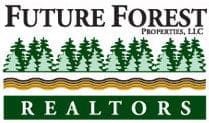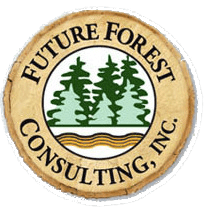Not so many people are open to going into forest realty and starting a timberland investment. What is timberland to begin with? Can investors really earn from this form of investment? How do you measure the value of this kind of investment?
This article is made exactly to answer these questions and fill the information gap by providing an overview of timberland’s history. We will also be discussing its value drivers so beginners like you can understand what is there in timberland investing and how you can start venturing into this type of investment. Read on to learn more.
What Is Timberland Investment?
By broad definition, timberland investment refers to acquiring and managing a forest as an asset to generate a financial income or return. Note, though, that not all tree-based investments are timberland investments. Additionally, ownership or involvement in any forest-based projects that generate value that cannot be monetized is also not a form of timberland investment.
Timberland Investment: A Short History
Investing in forest lands started way back in the 1800s as paper-producing companies purchased lands replete with mature trees for paper production. Many other companies from different industries, like furniture and building materials, invested in timberland. However, it was in the 1980s when the first institutional investment in timberland was recorded in the U.S.
These days, though, timberland is known as an asset class, with investors taking on this investment to diversify their portfolios. It is also seen as a much safer asset (compared to digital assets that are more highly volatile).
In retrospect, timberland investment is a unique form of investment as owners can also enjoy their assets while managing them. They can think of starting many fun outdoor activities like horseback riding and hunting, among others.
Timberland Value Drivers and Determinants
Determining the value of timberland is not the same as assessing the value of a typical property like a house. Below are a couple of ways to find the value of timberland.
Cost Valuation – this is where the buyer will take into account all the individual assets there are in the timberland, including the stumpage value of the timber. Other variables included are mitigation credits and non-timber products and are assessed by an experienced forester to get an accurate valuation.
Soil Expectation Value – this method determines the property’s value by considering its state for timber production.
How To Invest in Timberland
Timberland investing does not require specific measures. You can invest by how much capital you have for it, how fast you want to earn from it by selling it, and how much invested you are in this form of investment. Timberland investment can be challenging in terms of management as it will require you to watch over the processes of taking good care of the land. Lastly, as they so often say, “Only invest how much you can afford to lose.”
Conclusion
When you understand how timberland is valued as an asset, you can get a good head start in investing and managing it. If you are seeking to acquire one to diversify your investment portfolio, seek a forester’s guidance to help you determine the value of timberland and make wise investment decisions.
Are you considering buying forest land, or do you want to buy a farm in NY? Future Forest is here to help! We specialize in timber tracts buying and marketing. With our extensive experience in land management and real estate brokerage, we are highly qualified to assist you with your purchase or sale. Get in touch with us today.

